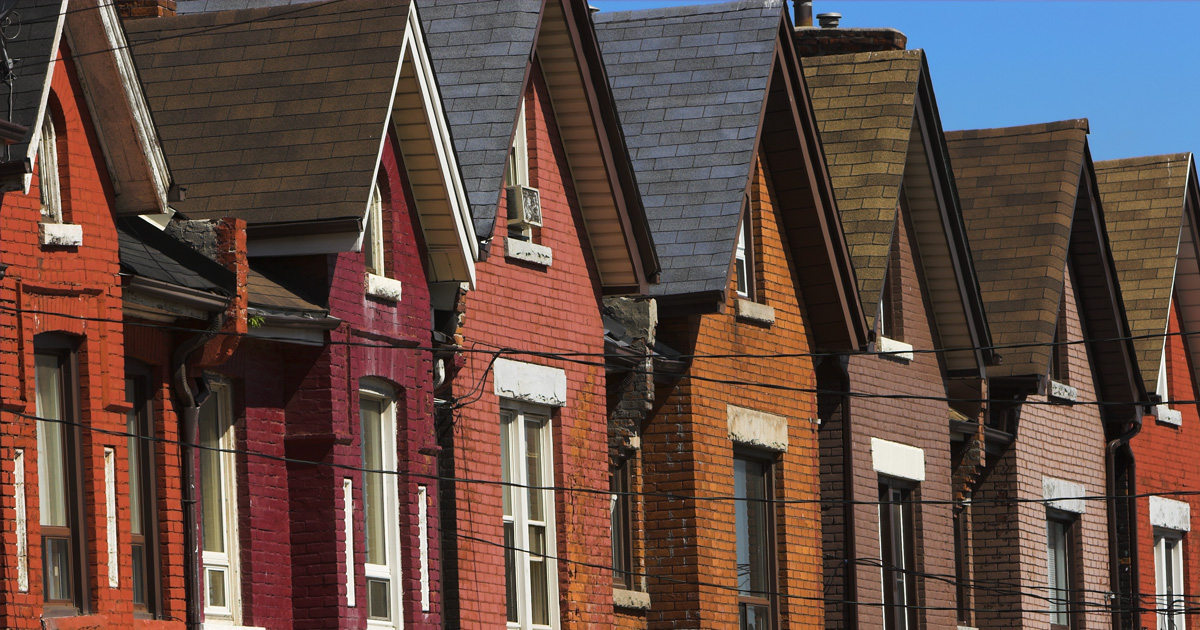Without even seeing the data, it is obvious in most communities around the country that the crisis of homelessness—and especially unsheltered homelessness—has been on the rise.
Rather than taking on the severe affordable housing crisis that is driving homelessness, housing insecurity, and rent burdens in communities all over the country, politicians, media pundits and others have seized this opportunity to blame Housing First as a failed policy. As a result, many communities have proposed laws that will criminalize the state of being homeless rather than following the evidence. This can be seen even in communities that recognize the efficacy of Housing First: housed community members and business owners raise concerns that are often prioritized over investments in meaningful solutions to solve a complex problem.
For those of us in the business of ending homelessness, we must work together to combat false narratives while making the case for proven solutions. And this absolutely and necessarily includes continuing to make the case for Housing First.
The Real Impacts of Housing First Approaches
Ten years ago, as a former federal employee, I had the opportunity to be a part of building the case for wide-scale adoption of Housing First across the federal government and as the prevailing practice in homelessness response systems. We followed the evidence that showed that even for people with the most complex service needs, more than 80 percent were still housed after a year when assisted with a Housing First approach.
This shift provided real impact. From 2007 to 2016, the total number of people experiencing homelessness decreased by 15 percent, with even more astounding results when looking at specific subpopulations. From 2010 to 2016, family homelessness decreased by 23 percent, veteran homelessness decreased by 47 percent, and chronic homelessness decreased by 27 percent.
This blog post was updated on January 5th, 2024 to correct an error in citing a 17% decrease in homelessness between 2007 and 2016. The accurate figure is 15%.
During this time, homelessness systems were more efficient and capable of housing more people – and more rapidly than ever before. These changes happened because of increased bipartisan investment in housing resources, combined with the concerted efforts of the federal government, national partners, and local homelessness response systems.
So, what changed?
The data shows that despite successful efforts to increase housing placements from homelessness, particularly among veterans, underinvestment in deeply affordable housing and severely underfunded programs have led to inequitable access to opportunity. More recently, the number of people becoming homeless each year is increasingly equal to or greater than the number of people being housed. This has resulted in an alarmingly number of individuals and families becoming homeless year after year, which is especially true for historically marginalized groups.
Housing First is Just the First Step
To combat dangerous narratives and misinformation that lead to the introduction of harmful legislation (like the Housing PLUS Act, which would further undermine the ability to effectively implement Housing First approaches), the Alliance thinks it’s important to share some critical reminders.
Housing First is not a program—it is an approach to housing and service provision, and it is a whole-system orientation and response, which can and should be applied across all elements of the homelessness response system.
A Housing First approach can be successful for any person, regardless of actual or perceived need, provided that the resources that they need and choose are available and accessible to them. Fundamentally, Housing First means using a trauma-informed approach to meet people where they are, without preconditions or mandatory requirements. It means continuously engaging and being able to respond to what they say they need when they are ready.
We’ve all heard the statement, “Housing First does not mean housing only” and it is true. To be effective, there needs to be both housing and supportive services (i.e., health care, behavioral health services, substance use disorder treatment, employment/education supports, etc.) that meet the needs and choices of the people being served. If both are not available and accessible, then a program is not actually using a Housing First approach.
Housing First is about health, recovery, and the ability to thrive. In order to have success in all of these areas, everyone needs housing, while the supports and services needed to maintain that housing need to be individualized.
Housing First is not always implemented with fidelity to the model’s principles. Barriers to implementing Housing First with fidelity include severe resource limitations of housing, services, and staffing capacity. In some cases, programs that refer to themselves as Housing First may also be choosing to only follow some tenets of the approach.
The Alliance understands the responsibility that it holds in uplifting and promoting strategies to end homelessness. Our commitment to Housing First remains unchanged and we will continue to fight against dangerous narratives, oppose harmful legislation, promote the evidence, and build capacity to ensure successful implementation of the Housing First model.
The Alliance looks forward to continuing to build the case with you, and hopes you’ll join us in advocating against the threats to what we know works.
Stay Updated: Solutions, Stories, and Ways to Make an Impact
Sign up to receive updates on the Alliance’s work, including the latest research, advocacy efforts, and real stories of progress — plus ways you can help drive lasting change.













